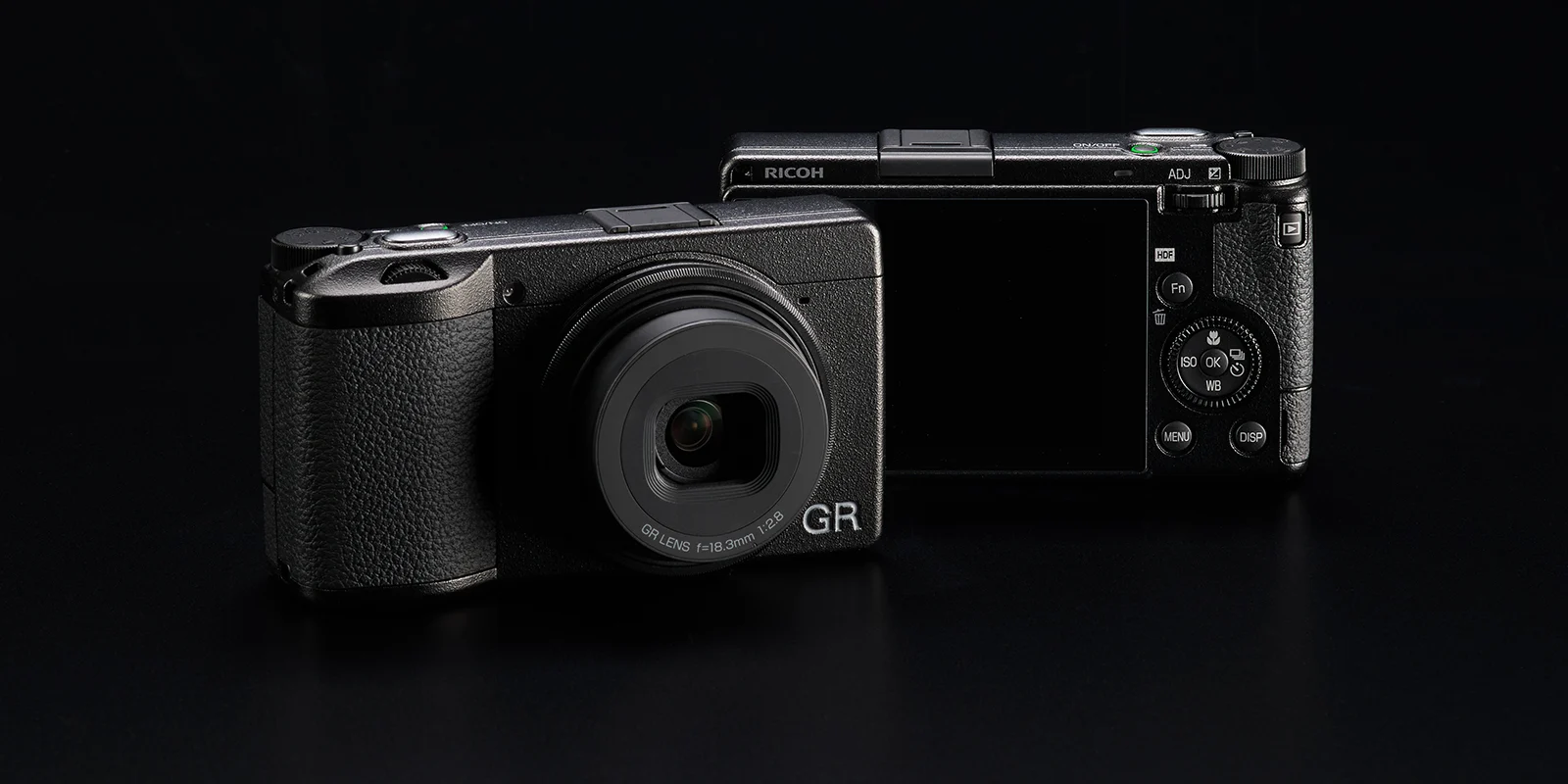The HDF versions of Ricoh's high-end compact cameras introduce a soft-focus diffusion filter to the lineup, but in doing so, they remove support for ND filters.
The Ricoh GR camera line has been a beloved choice for enthusiast photographers for quite some time. What makes them stand out is their ability to pack large APS-C sensors into compact, pocket-friendly bodies, offering superior image quality compared to many smartphones. Additionally, they provide tactile controls that are often missing in phone cameras, giving photographers more control over their shots. The GR III series has been around for a while now, with the original GR III launching back in 2019, followed by the GR IIIx two years later. Both cameras share the same slim body design and feature stabilized 24MP image sensors. The main difference lies in their angle of view—the GR III offers a wider 28mm-equivalent perspective, while the IIIx provides a slightly tighter 40mm view. These cameras are particularly popular among a certain group of photographers, especially those who specialize in slice-of-life documentary photography. Their compact size, sharp prime lenses, and snap focus feature make them ideal for discreet shooting in various situations.

Today, the lineup is expanding with new variations on both editions, namely the GR III HDF and IIIx HDF. While these cameras don't differ much from the existing models in terms of basic features, they introduce a small but significant change that alters the appearance of photos: the Highlight Diffusion Filter. Integrated into the lens, this filter adds a soft-focus, glowing effect to bright points of light in your images. Ricoh claims that the development of this filter drew upon the company's expertise in manufacturing inkjet printers.
The impact is striking—while we haven't had the opportunity to test either camera quite yet, sample images showcase a significant softening effect, reminiscent of vintage camera lenses from the early 20th century. When the filter is activated, photos exhibit a soft glow overall, with the effect most pronounced around bright highlights. If you're keen on nighttime street photography in urban settings, the HDF filter might sway you towards this edition over the standard GR III. However, if the look doesn't appeal to you, it's easily disabled with a single button press.

With the HDF editions of the GR III and IIIx, there's a trade-off compared to the standard line. The HDF filter replaces the 2-stop neutral density filter found in those cameras, affecting the optical path. Consequently, photographers shooting in daylight may find it less convenient to create long exposure images. However, for those who enjoy capturing photos after sunset, the absence of ND is unlikely to be a concern.
It's a well-timed launch considering the renewed interest in compact cameras, especially among Gen-Z creators seeking an alternative to their smartphones. The GR III series stands out as one of the few still offering a sensor as large as those found in interchangeable lens cameras, all packed into a pocketable body. Its popularity is evident from the backorder status at many retailers, despite being on the market for quite some time. Some are opting for the GR III simply because they don't want to wait indefinitely for the recently announced and highly sought-after Fujifilm X100VI. While the GR line may lack the retro charm of the X100's design, it offers an equally enjoyable experience for photography enthusiasts.
>> Pre-Order the GR III HDF
>> Pre-Order the GR IIIx HDF